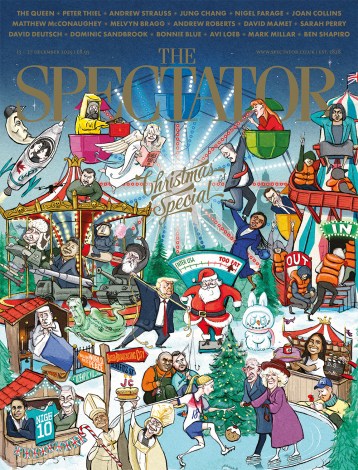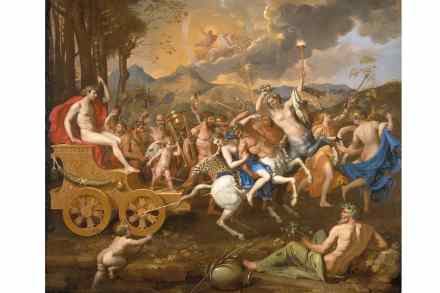Art and moralising don’t mix
Against Morality is not against morality. But it is against moralising. Which is a start. Anti-cancel culture, anti-identity politics, Rosanna McLaughlin’s small book of essays is the first insider-artworld publication to condemn the Savonarolan turn within culture. A cause for celebration, you might think. Her argument is perfectly sound. ‘Morality has become the central pillar, the justification for art, the bar by which we measure whether something is good or bad’, and it’s been a disaster. Forcing art to ‘communicate clear and approvable messages’, cleansing the canon of bad behaviour, conscripting artists as ‘empathetic social workers’, has impoverished art, flattened it to such an extent that the work of the


